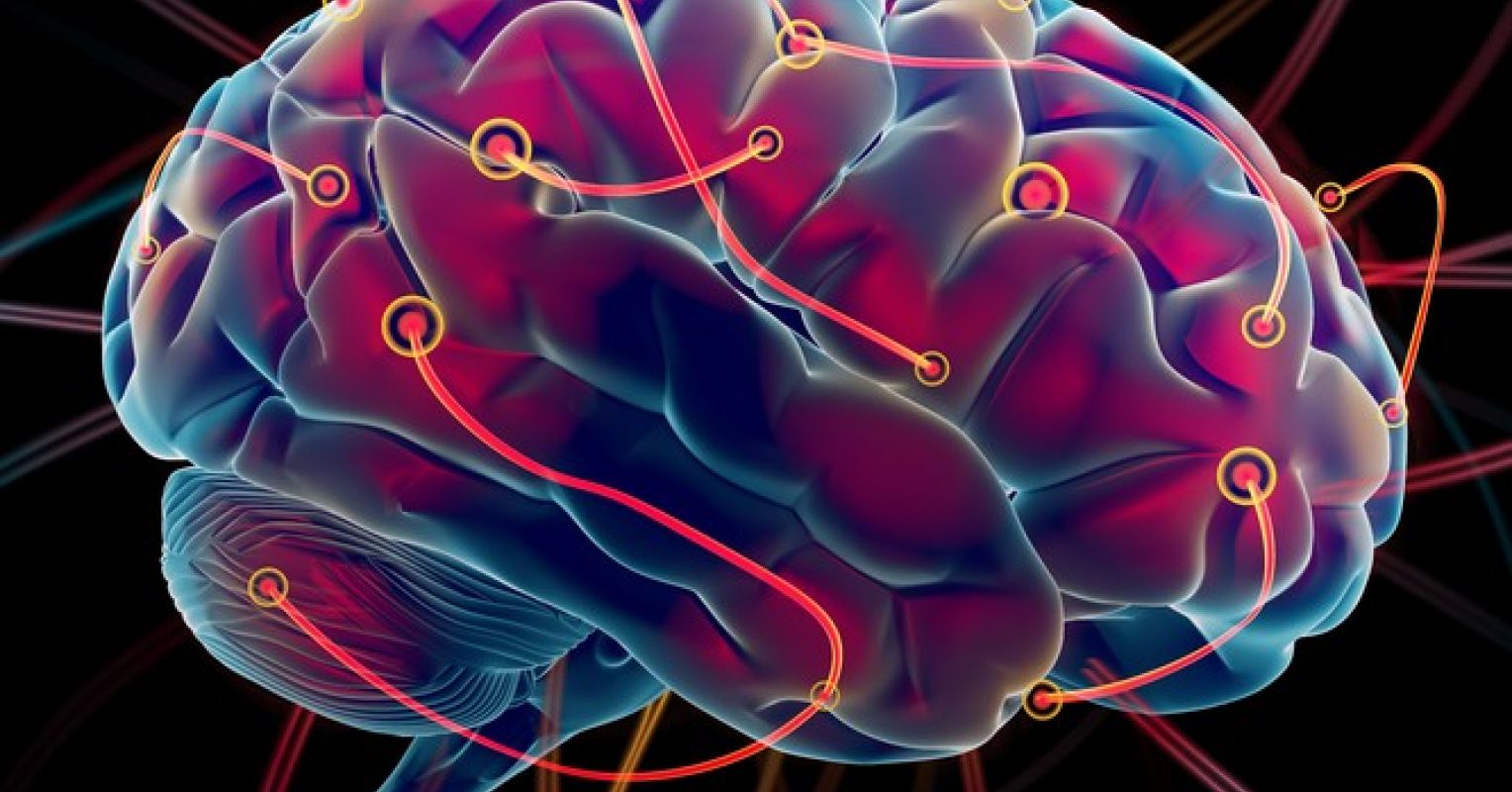
What is Neurogenesis?
Neurogenesis is the process by which new neurons are formed in the brain. The development of new neurons continues during adulthood in two regions of the brain. Neurogenesis takes place in the subventricular zone (SVZ) which forms the lining of the lateral ventricles and the subgranular zone which forms part of the dentate gyrus of the hippocampus area.
Previously, neuroanatomists believed that the nervous system was a fixed system that was not capable of regeneration and that neurogenesis in humans and other animals no longer continued after the embryonic development phase. However, in the second half of the 20th century, researchers discovered that neurons do continue to form throughout life. In 1962, the first evidence of adult neurogenesis was demonstrated. Adult neurogenesis is highly dynamic and is modulated by multiple physiological stimuli and pathological states. There is a strong understanding of how this process is regulated, particularly since active neuronal production has been demonstrated in both the hippocampus and SVZ of adult humans.
Biological Intuition
Neural stem cells (NSCs) in the embryonic and early postnatal murine brain generate neurons and glia, including astrocytes and oligodendrocytes. The transition of proliferative and multipotent NSCs to fully differentiated neurons and glia is called gliogenesis or neurogenesis, respectively. In contrast, gliogenesis starts during late embryogenesis and continues in postnatal stages, with low but widespread production of both astrocytes and oligodendrocytes also occurring throughout the adult brain. The addition of new neurons to the complex circuitry of the adult brain is the focus of intensive research, which is uncovering crucial functions for the newly generated neurons in memory and behavior. In particular, the integration of adult-born granule cells into the hippocampus circuitry confers an extra degree of plasticity that is crucial for the acquisition of certain types of contextual memory.
Regulation of Adult neurogenesis
The late maturation of the hippocampus, which spans late embryonic and early postnatal stages, means that the process of dentate gyrus formation and the appearance of NSCs with adult characteristics are overlapping processes. It can therefore be difficult to distinguish between development and adult cues regulating hippocampal neurogenesis. In the adult dentate gyrus, NSCs generate granule cells via a well-characterized cell lineage that includes a succession of transit-amplifying or intermediate progenitor cells (IPCs), characterized by rapid divisions and the expression of a series of neurogenic transcription factors. Extrinsic stimuli can affect the proliferation and survival of NSCs but also of IPCs or differentiating neuroblasts (NSCs that undergo repetitive asymmetric divisions to self-renew and generate neural progenitor cells) further along the lineage.
Aging of the brain is marked by a major decrease in the number of new neurons generated in the dentate gyrus. This decrease has been attributed both to a reduction of the NSC pool and to an increased state of quiescence of the remaining stem cells. The possibility to increase neurogenesis is by activating the quiescent stem cell pool which is currently the focus of intensive research. However, disruption of quiescent signals can lead to a short-lived increase in neurogenesis, followed by a sharp decrease caused by a loss of quiescent NSCs. Lineage tracing and particularly clonal analysis of NSCs in the dentate gyrus have begun to provide evidence of the great diversity of responses of adult NSCs to stimuli, which can affect both their proliferation and differentiation potentials.
Summary
Loss of neurons is thought to be irreversible in the adult human brain because dying neurons cannot be replaced. This inability is thought to be an important cause of neurological disease and impairment. In most brain regions, the generation of neurons is generally confined to a discrete developmental period. Exceptions are found in the dentate gyrus and the SVZ of several species that have been shown to generate new neurons well into the postnatal and adult periods. Granule neurons are generated throughout life from a population of continuously dividing progenitor cells residing in the subgranular zone of the dentate gyrus in the rodent brain.
Neurogenesis is a fascinating lifelong process (without exceptions) involving the generation of new neurons from neural stem cells, primarily in the hippocampus and the olfactory bulb. This phenomenon has significant implications for understanding learning, memory, and potential therapeutic interventions for neurodegenerative diseases.
We will be using Neurogenesis to solve the "Dead-neuron" problem in Artificial neural network, which will be updated and discussed lately.
Bottom-up! ~Anirudh.